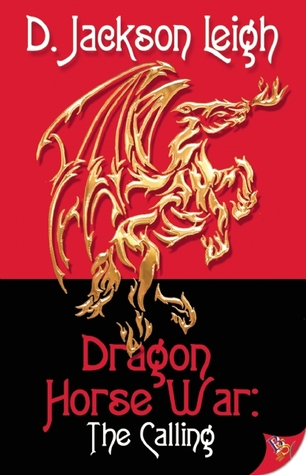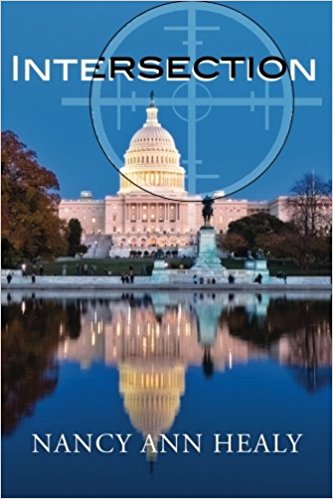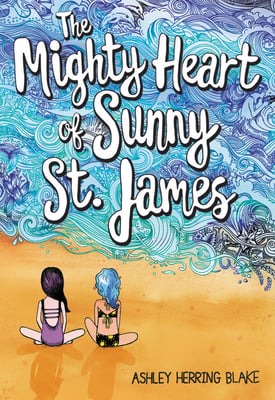For a viscerally experimental and gorgeously postmodern glimpse at queer Canadian women’s herstory, there is no better place to look than Daphne Marlatt’s 1988 novel Ana Historic. I say postmodern and experimental because the novel undoubtedly is, but this is not so much a warning as an invitation to watch Marlatt deftly and beautifully use words to carve out a space for queer women not only in Canadian history, but also in contemporary Canadian society. This carving needs to take the form of Marlatt’s disarming poetics and rhizomatic, circular style in order to do the difficult and necessary work of counteracting the overwhelmingly masculinist history that the protagonist Annie—ironically or perhaps appropriately a failed history graduate student—begins to understand as only “a certain voice” (111).
The anchor in the novel, Annie Torrent, is a contemporary Vancouverite disappointed with the ways in which her life has followed a conventional woman’s heterosexual plotline. She becomes obsessed with a little-known historical figure, Mrs. Richards, a widowed British woman who emigrated to Vancouver in the late 1800s and determines to tell her story. This telling is mostly directed at Annie’s mother Ina, at whom Annie is angry, perhaps most of all for the ways in which she begins to see their lives overlapping; like Ina, Annie is “in the midst of freedom yet not free” (54). She realizes the life she is living, married with children to her former history professor Richard—whose name of course echoes Mrs. Richards’s name, which is the rem(a)inder of her deceased husband—is unfulfilling but she struggles to build a path that might lead out of it. Luckily, Annie meets Zoe, an artist, in the archives while doing research for her project and Zoe becomes her first reader, challenging Annie both about her feminist politics as well as sexually. When near the end of the novel Zoe provocatively asks Annie what she wants, Annie boldly answers: “you. i want you. and me. together” (157). The end of Annie’s story in the novel, then, is only her lesbian beginning.
Telling the life stories of Annie, her mother Ina, and Mrs. Richards, Marlatt creates an alternative queer feminist discourse that refuses to be tied down into either a linear narrative or conclusive characterization. Indeed, although there are distinctions made between the three main characters, their identities are also necessarily blurred, in the same way that the novel refuses to draw boundaries between prose and poetry and between fiction and history. At one point, Ina accuses her daughter: “the trouble with you, Annie, is that you want to tell a story, no matter how much history you keep throwing at me” (27). This profoundly poetic novel insists, however, that history is nothing but men’s stories made fact and that women need to dismantle the fiction/fact dichotomy and “mak[e] fresh tracks” with their own stories in the snowy landscape of the past (98). Women writing their stories, as Annie does for Mrs. Richards and Marlatt does for Annie (and perhaps herself?), is the “body insisting itself in the words” (46). If you can look at the words of this novel as a woman’s body—that delightful and frightening unruly femaleness—then the sometimes bewildering experience of sifting through Ana Historic can become a delightfully ecstatic one. There is an enormous amount of life in this novel; Marlatt presents us with the vivid image that books are “breath bated between two plastic covers” (16) and I’d encourage any reader to challenge herself to mingle her breath with Marlatt’s and her characters’ by picking up Ana Historic.




Laura says
Great review! I’ll definitely check this one out.
Casey Stepaniuk says
Thanks! I’m sure you won’t be disappointed!